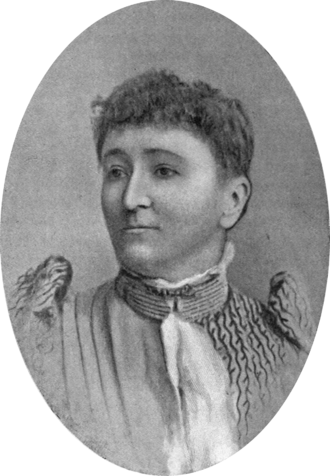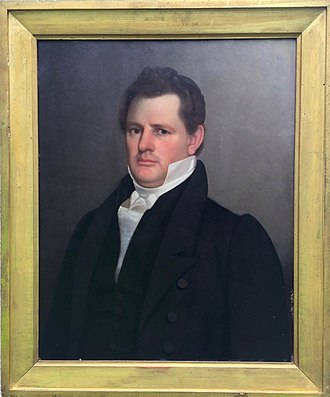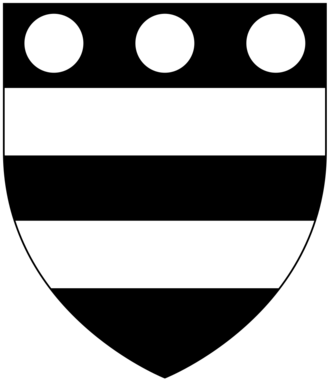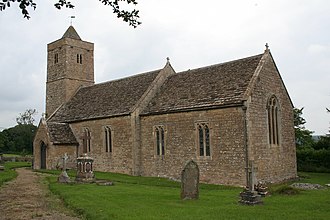Hungerford Last Name Origin, History, and Meaning
Where did the surname Hungerford come from? What does the surname Hungerford mean? Discover the history and meaning of the last name Hungerford and family migration on YourRoots Map.
Surname Hungerford Origin: What does the last name Hungerford mean?
The Hungerford surname has its origins in England, dating back to the early 12th century. Derived from the exact spelling of "Hungerford," records show its prevalence in the United Kingdom, particularly in England, during the 12th to 15th centuries. As time progressed, the surname saw a notable increase in the United States from the 16th century onwards, indicating a shift in its prevalence over the centuries.
YourRoots data confirms the global spread of the Hungerford surname, with significant growth in the United States surpassing the United Kingdom in the volume of records by the early 17th century. Today, the Hungerford surname can be found in various countries worldwide, including the United States and the United Kingdom, showcasing its widespread presence and evolution over time.
Hungerford Last Name History: Where did the last name Hungerford come from?
Origin of Hungerford Surname: Where does the last name Hungerford originate from?
The Hungerford surname was first recorded in the United Kingdom, specifically in England, around the early 12th century, according to YourRoots data. This information is based on the exact spelling of “Hungerford” and does not account for other sources of records or variations of the surname.
History of the Last Name Hungerford: What does the Hungerford surname history look like in the early days?
From the 12th to the 15th century, the Hungerford surname was predominantly found in the United Kingdom, particularly in England. YourRoots data reveals a noticeable increase in the volume of Hungerford records in the United States from the 16th century onwards, indicating a shift in the surname's prevalence over time.
Global Spread: Where can we find the Hungerford surname today?
The Hungerford surname has seen significant growth in the United States from the 16th century onwards, eventually surpassing the United Kingdom in the volume of records by the early 17th century. This trend continued into the 18th and 19th centuries. Today, the Hungerford surname can be found in countries around the world, including but not limited to, the United States and the United Kingdom.
Explore Hungerford last name heritage and Hungerford surname origin based on YourRoots Map data
 VIEW THE ORIGIN OF SURNAME HUNGERFORD
VIEW THE ORIGIN OF SURNAME HUNGERFORDFamous People With Hungerford Surame?

Margaret Wolfe Hungerford
Margaret Wolfe Hungerford (April 27, 1855 – January 24, 1897) was an Irish novelist known for her light romantic fiction under the pseudonym "The Duchess." Born in County Cork, Ireland, she wrote popular works like "Molly Bawn" and "Phyllis." Despite being a mother of a large family, she dedicated three hours every morning to writing. Her novels, often published anonymously or as "Mrs. Hungerford," were beloved for their charming and entertaining plots set in Victorian society. Hungerford's most famous idiom, "Beauty is in the eye of the beholder," is found in her novel "Molly Bawn." She passed away at the age of 41 from typhoid fever.

Orville Hungerford
Orville Hungerford (October 29, 1790 – April 6, 1851) was a two-term United States Representative for the 19th District in New York in the mid-19th century. He was a prominent merchant, banker, industrialist, freemason, philanthropist, and railroad president in Watertown, New York.
Born in Farmington, Connecticut, Orville descended from Thomas Hungerford of Hartford, Connecticut. Despite lacking a formal education, he excelled in business and became a partner in the largest mercantile business in his area, profiting from selling supplies to the U.S. Army during the War of 1812. His legacy lives on as a successful entrepreneur and public figure.

Mary Hungerford
Mary Hungerford, Baroness Botreaux, Hungerford and Moleyns (c.1468 – before 10 July 1533) was a prominent figure in English nobility during the 15th and 16th centuries. She inherited various titles, including 5th Baroness Botreaux, Baroness Hungerford, and Baroness Moleyns, through her noble lineage. Mary was known for her marriage to Edward Hastings, 2nd Baron Hastings, and their children who went on to hold important titles in English society. Despite the political turmoil of the time, Mary's legacy as a noblewoman and mother remains a part of English history.

Baron Hungerford
Baron George Hastings (1488–1545) was a prominent figure in English history, holding titles such as Baron Hungerford and Earl of Huntingdon. He played a crucial role in shaping the political landscape of his time, with his influence extending into the 16th century. Hastings was known for his involvement in key events, including the Wars of the Roses and the establishment of the House of Lords. His legacy as a nobleman and statesman continues to be remembered in historical accounts and genealogical research.

Farleigh Hungerford
Farleigh Hungerford (no middle name) was a village and former civil parish in Somerset, England, known for the ruins of Farleigh Hungerford Castle. The manor was owned by the Hungerford family in the 14th century, with Sir Thomas Hungerford being a notable figure. The castle played a role in the English Civil War and was later sold to Henry Bayntun. The village also housed Farleigh House, now used by Bath Rugby. The Church of St Leonard, consecrated in 1443, features 14th-century stained glass and a wooden altar rail. Farleigh Hungerford is a historic site with ties to the Hungerford family and significant events in English history.
All images displayed on this page are sourced from Wikipedia or Wikimedia Commons.We use these images under their respective Creative Commons or public domain licenses. Wherever applicable, author attributions and license information are provided. If you believe an image is used incorrectly or outside its license terms, please contact us so that we can review and correct the issue.




.png)